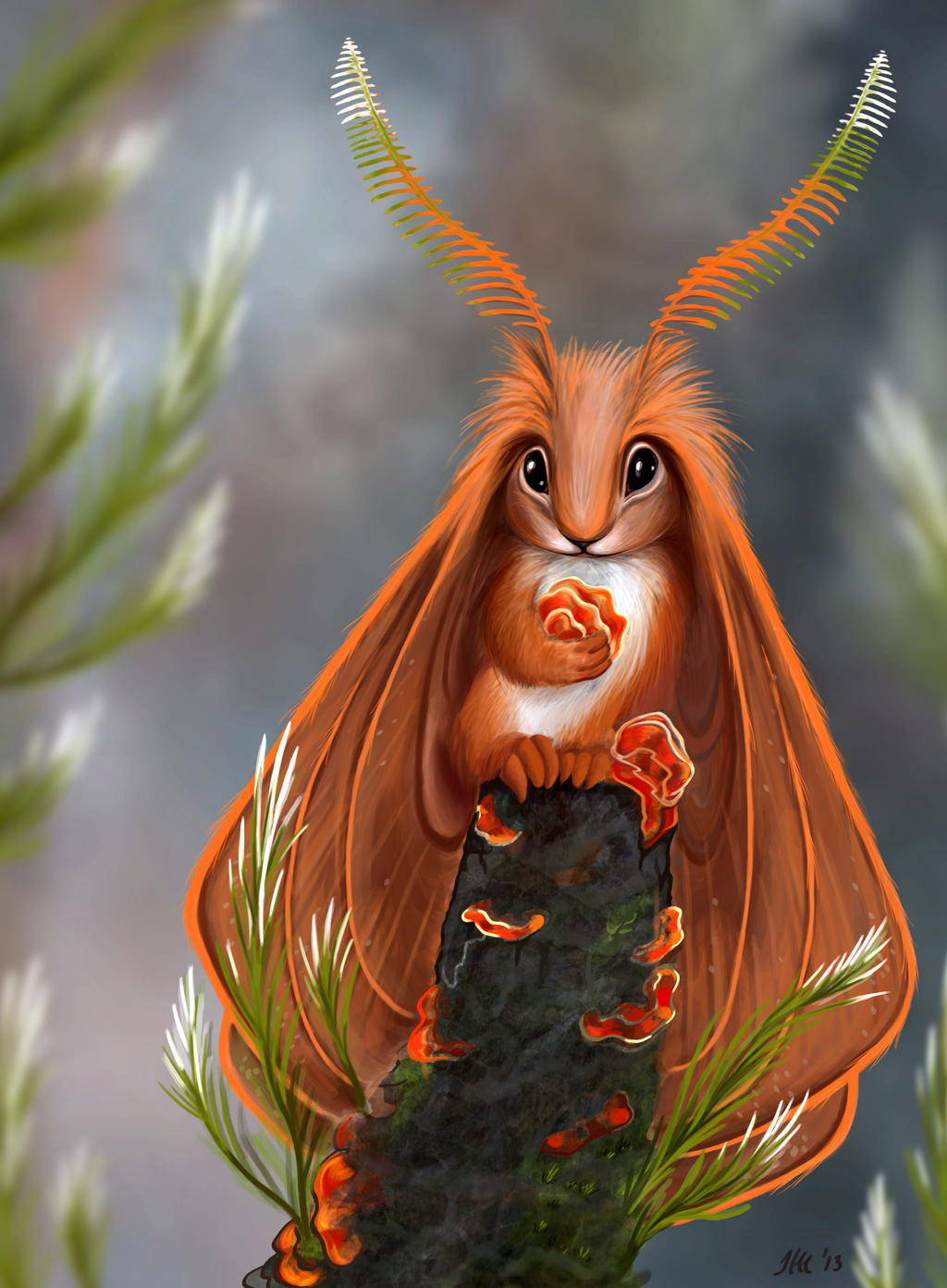Goddess

OUT OF CHARACTER INFORMATION
- Intent: To codify a species for future RP.
- Image Credit: IvkaM
- Canon: N/A
- Permissions: N/A
- Links: Antelope squirrel
- Name: Amithosí Desert samara
- Designation: Non-sentient
- Origins: Amithosi Desert, Zaathru
- Average Lifespan: 2-4 years in the wild | Up to 11 years in captivity
- Estimated Population: Rare
- Description: A desert rodent resembling a squirrel, the Amithosi Desert samara's defining feature is its oversized ears, which it uses to helicopter down to the ground from high perches. It has brown and white fur, four limbs, large black eyes, and a pair of mothlike antennae sprouting from its head.
- Breathes: Type I
- Average Height of Adults: 194–239 millimetres (7.6–9.4 in)
- Average Length of Adults: Wing length is 54–87 millimetres (2.1–3.4 in)
- Skin color: If you were to shave one, its skin would be brown.
- Hair color: Brown and white fur.
- Distinctions: Females are slightly smaller than males.
- Races: N/A
- Force Sensitivity: Non-Sensitive
- Flight of the Samara: Samaras can use their ears to spin down to the ground, an adaptation which has helped them to catch prey faster and more stealthily than other rodents in their native habitat.
- Hyperthermia Resistant: Samaras can withstand internal body temperatures up to 40 °C (104 °F). Their large ears also help them lose excess body heat.
- Hail Hydrate: Samaras do not need to drink water to survive, though they have been observed drinking from water sources where available.
- Cute: Samaras have been semi-domesticated and are often kept as pets by sentient beings.
- Obvious: The spinning of their ears is silent but visually distinctive. Predators birds will see them, swoop down and catch samaras in their talons in midair.
- Hypothermia: While well-suited for the extreme heat of their native desert clime, samaras are not adapted to extreme cold, which can very easily kill them.
- Diet: Omnivore; they have a varied diet of fruits, seeds, insects, carrion, and other rodents smaller than them.
- Communication: Samaras make calls and stamp their forepaws when they are alarmed. No other forms of communication have been observed.
- Technology level: N/A
- Religion/Beliefs: N/A
- General behavior: Samaras live in underground burrows, which they dig underneath shrub plants. They will climb up and inside of desert trees and cacti in order to eat the fruits and seeds of these plants. Then they jump down and use their massive ears to break their fall. They also will store food in their burrows or hidden spots to be consumed later. They do not hibernate, though they become less active during the winter. Interestingly, not all members of the species are social creatures. They become sexually mature within their first year. The mating season occurs during the springtime, and they typically produce one litter per year. They mate for life; if a samara loses their mate, they have been observed to become depressed.
The Amithosi Desert is a dry and hot region which nonetheless has a thriving ecosystem adapted to suit the harsh climate. Among its wildlife are the samaras, a species of rodent which is among the most common of the desert's creatures. Samaras are associated with the Shaalite sky goddess Adamanthea due to their large ears and habit of helicoptering down from high perches.








